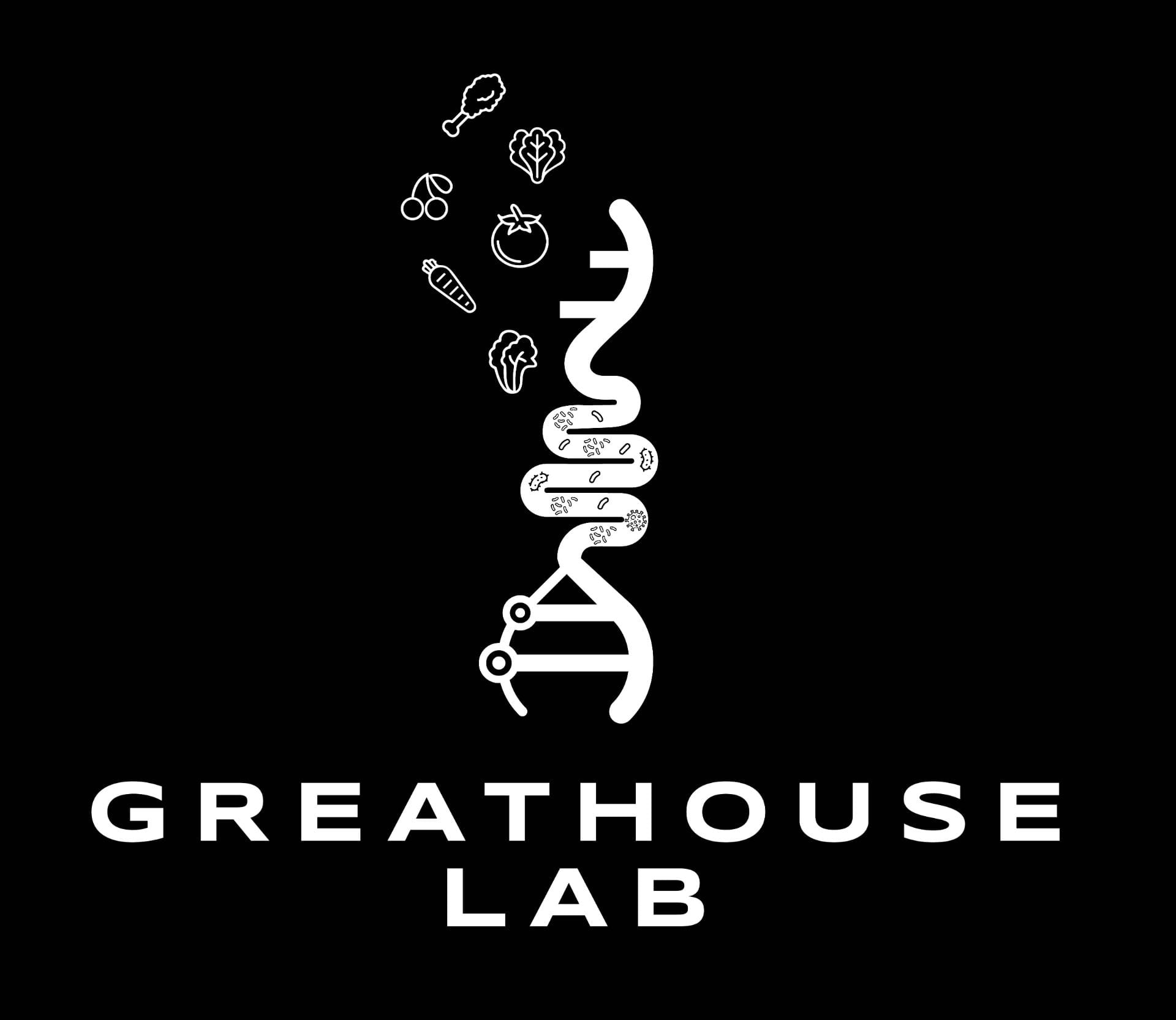Indole Effects on Carcinogenesis
Specific Aim 1: Characterize and quantify indole production from CRC-Fn strains vs healthy-Fn strains and Identify specific indoles produced from CRC-Fn vs healthy-Fn strains
Specific Aim 2: Determine which CRC-Fn and healthy-Fn strains produce biofilms, and quantify biofilm formation in association with high vs low indole producing strains
Specific Aim 3: Measure epithelial cell invasion by Fn and effect on cell proliferation and migration of high vs low biofilm and indole producing Fn strains
Introduction
The role of the gut microbiome in colon cancer, and several other cancer types, is clearly linked to cancer risk and cancer treatment response. What is not yet clear are the mechanisms linking the function of the microbiome and specific taxa to colon carcinogenesis. It is now well established that Fusobacterium nucleatum (Fn) is not only associated with early and late stage colorectal cancer (CRC), but contributes to CRC development through increased adhesion to epithelial cells, which results in a loss of cellular integrity, inflammatory signaling, and increased proliferation. A key halmark of CRC is biofilm formation, within which Fn has been identified. One of the major pathways bacteria use to signal biofilm development is conversion of tryptophan to indoles. However, there are several different types of indoles bacteria produce, and these indoles have both anti- and pro-inflammatory effects on colonic epithelial cells. Given that Fn is one of the most abudant taxa in CRC, and has the capacity to produce indoles and biofilms, we hypothesize that increased production of specific indole metabolites from F. nucleatum (Fn) strains isolated from colon cancer specimens cause biofilm formation as compared to those from healthy individuals, which coincides with more virulent Fn strains that contribute to increased proliferation and migration of colon cancer cells.
Research Questions
Here are some questions we are currently seeking answers to at the Greathouse Lab:
1. Is F. nucleatum or similar indole producing bacteria contributing to biofilm formation through indole production?
2. Which indole metabolites are acting in a protective or harmful manner in the context of colon cancer?
